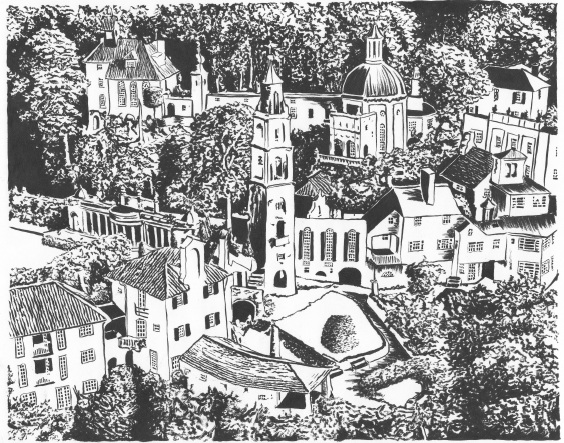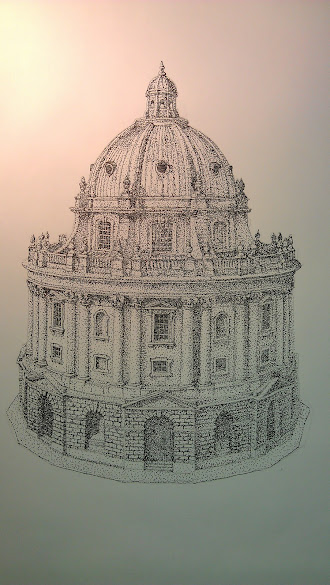A few weeks ago, after coming back from my journalistic summer, I embarked on
hopefully the final piece of fieldwork I will have to carry out for my thesis.
My three-year-and-two-month (and counting) doctoral research has been very heavily field based, and I have had the opportunity to scour the rocks in northwest Scotland, south Wales, northern Ontario, and eastern Newfoundland. My latest trip was to one of the less glamorous locations – Anglesey. My intended destination was the happening town of Cemaes and its nearby bay, where I hoped to find some excitingly ancient evidence of continents colliding and crumbling. The fossil-bearing rocks I was in search for formed before the first animals and were once attached to part of South America.
I organised it at pretty short notice, and didn’t have time to organise a proper field assistant. So I took… my mummy. Here she is:

Mummy admiring some rocks
She was a very good field assistant, quite apart from the trendy fieldworking handbag. She didn’t answer back, provide any ‘outsider insight’. She did a spectacular job in sitting on rocks, showing mild interest and making sure I didn’t fall in the sea and drown.
As we were such an efficient fieldworking team, we finished everything I needed to do in minimum time. We had a spare day, and we decided to spend it at the nearby Portmeirion village on the mainland.
Portmeirion, known to most as the setting for 1960s psychological thriller The Prisoner, was the brainchild of the absurdly wealthy and deliciously eccentric Clough Williams-Ellis, who supposedly built it to resemble an Italian village. The setting certainly suits, and if you ignore the biting wind and harsh north-Welsh accents, the hillside settlement is truly idyllic. But the village is not entirely Italian in its design. Alongside the traditionally brightly coloured Italian townhouses and belvederes, the Town Hall has a gothic-art and crafts feel, owing to many of its architectural elements being scavenged from an abandoned manor house. There is a soft-plaster roundhouse that is only missing a thatch roof to set it apart form its Cotswold counterparts, and the main ‘piazza’ is dominated by a grand Bristol Colonnade that features its namesake in style and stone. Williams-Ellis should be given extra credit for creating an image with so many individual style elements, but which still fit seamlessly and harmoniously alongside each other and the dramatic setting.
If I was left wanting at any juncture, it was that the village presented a perfect facade, but that was all it was. The majority of the buildings that had not been turned into shops or resaurants were roped off. The Town Hall apparently boasts an impressive plaster barrel ceiling, but visitors get no further than the doorway. Most of the individual cottages are rented out to holiday makers, and I am sure this is a valuable and much0needed source of income, necessary for the upkeep of the village. But to the day-visitor, it can make for a slightly frustrating barrier.
Regardless, my mummy and I had a lovely day, and we had lovely lunch and coffee overlooking the lovely estuary. It was a beautiful day in early November, and one of those golden days that stick in the memory.
So being a lowly journalist-in-training and particularly strapped for cash, I decided to make her a birthday present that reflected that perfect day. I gave her this:

Portmeirion (c) Leila Battison 2011. Pen and Ink on Paper
You can see the Bristol Colonnade centre left, and the roundhouse bottom centre. I am pretty pleased with the result, I really enjoyed doing it, and it was a new experiment with a chinese caligraphy brush and indian ink. Completely different to my usual style, but I’m pleased with how it turned out. I will be doing more like this just as soon as I find some time!
Mummy was delighted with it and showed all the neighbors. I am just happy to have been able to record my marvellous trip in my own special way.





